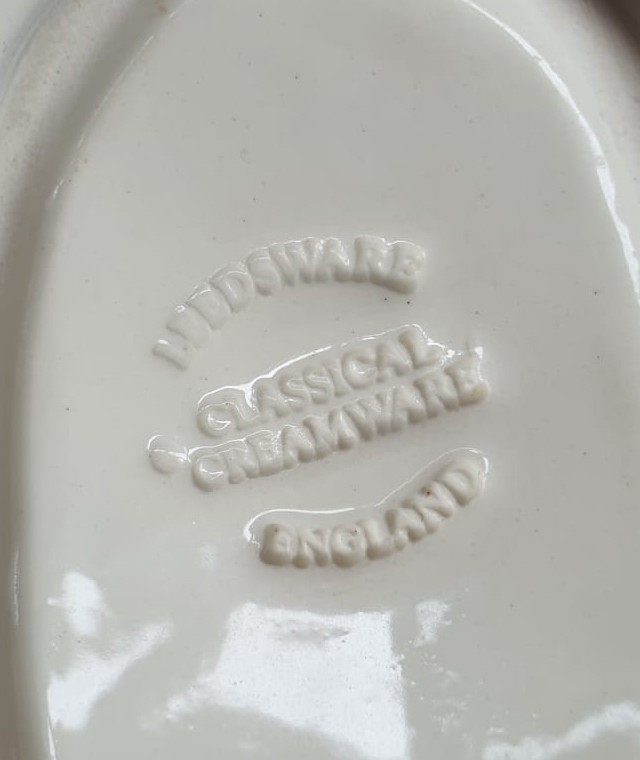

It was not until the 1740s, when William Cookworthy, a Quaker apothecary interested in chemistry, found extensive deposits of kaolin clay and petuntse in Cornwall that an English hard-paste porcelain could be produced. By the middle of the eighteenth century English soft-paste porcelain works had been established in Bow, Chelsea, Liverpool, and Worcester to make imitations of this coveted ware. Knowledge of how the Chinese made porcelain and the key ingredients used gave a new sense of direction for the quest by English potters. Du Halde incorporated this information into his history of China, published in English in 1725. From there, he sent two long, detailed descriptions of the porcelain-making process, one in 1712 and the other in 1722. D’Entrecolles was a missionary to the Ching-tê-chên region of China. The solution to the mystery of porcelain became clearer when the Jesuit missionary Père D’Entrecolles provided detailed descriptions of the production process and the materials used by the Chinese.

The pursuit of the arcanum was spurred on by Johann Friedrich Böttger’s success in producing a Chinese-style porcelain in Meissen, Germany, in 1710. In addition to the soft-paste porcelains, the white-firing clays and calcined flint also became ingredients in whiter wares such as white salt-glazed stoneware, creamware, and stone china. A variety of soft-paste porcelains was developed using fritted glass, soapstone, or calcined bone, in combination with white-firing clays and calcined flint. That quest for the arcanum fathered a host of new wares and improvements in old ones.

Importation of Chinese porcelain into Europe provided a great catalyst for experimentation in the quest for the secret of making porcelain. The Quest for Chinese-Style Porcelain in England This paper explores what led to the development of China glaze, and how its name disappeared from general usage until the mid-twentieth century. The other Staffordshire potters, however, called this ware “China glaze” and appear to have begun producing it as early as 1775. It is generally known by the term “pearlware,” a name adopted from Josiah Wedgwood’s Pearl White, which he introduced in 1779. One of the most common earthenwares found on American archaeological sites dating from the 1780s until the 1830s has a bluish tint to its glaze. How Creamware Got the Blues: The Origins of China Glaze and Pearlware


 0 kommentar(er)
0 kommentar(er)
